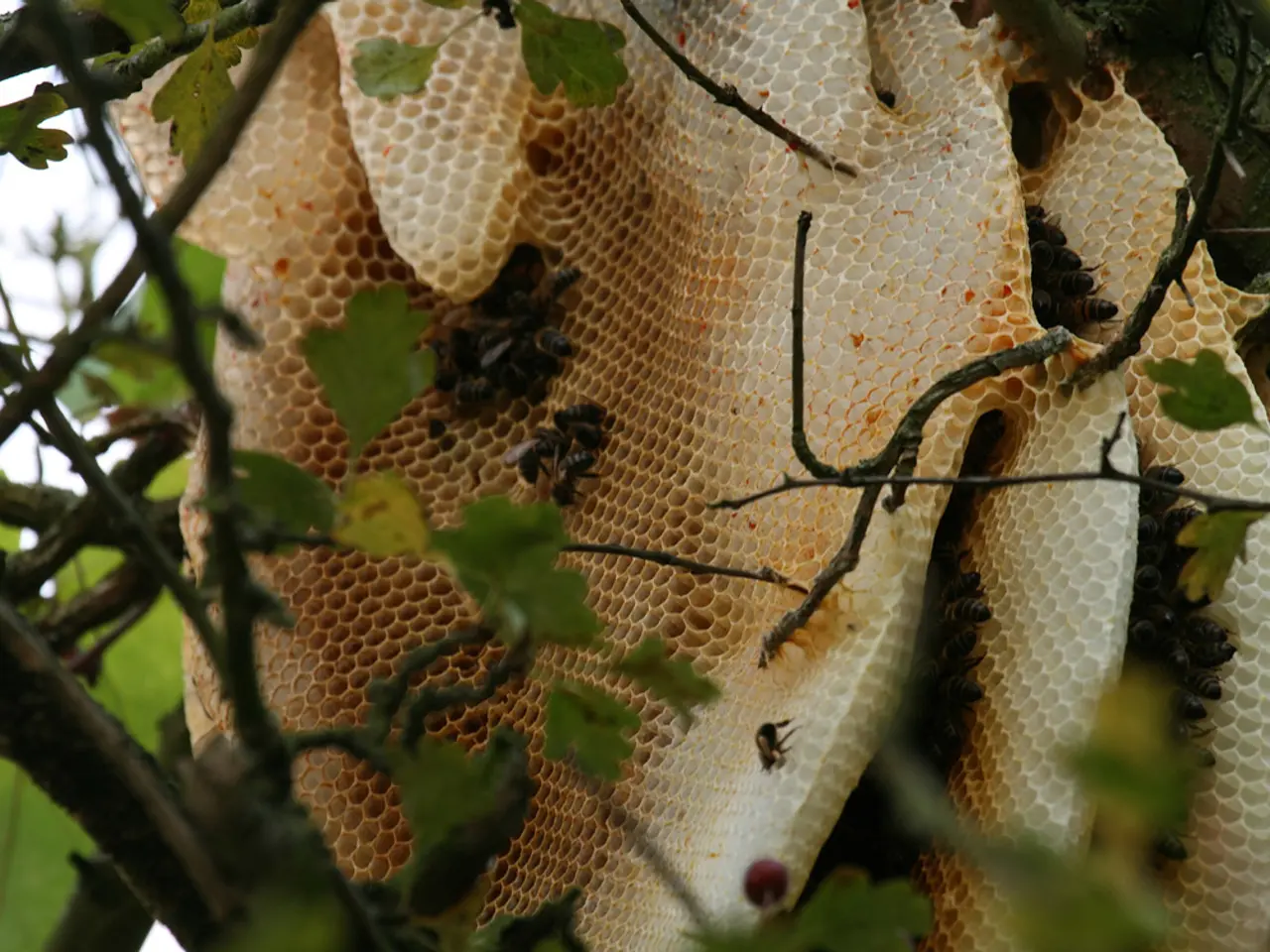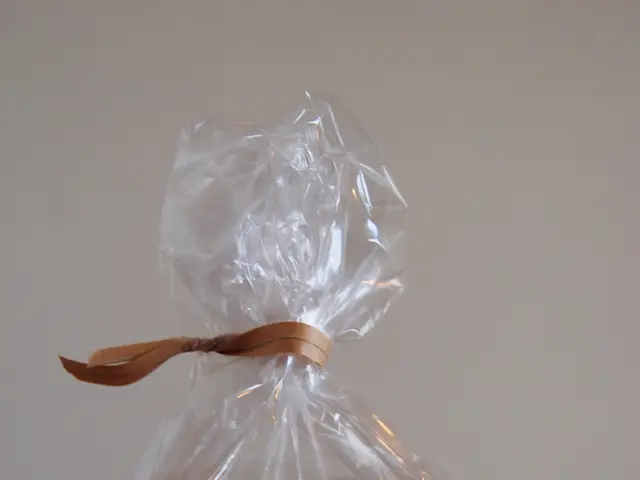Guideline for Supporting Native Bees: Practical Steps You Can Take to Aid pollinators
Supporting Native Bees in Ohio: A Guide for Gardeners
In an effort to aid in bee conservation, gardeners can play a crucial role by providing native plants, nesting sites, and adapting gardening practices to protect these essential pollinators.
Plant a Variety of Native Plants
To attract and support native bees, it's essential to incorporate a mix of native plants that offer nectar and pollen throughout the growing season. Consider adding trees like maple, crabapple, serviceberry, and shrubs such as ninebark, pussy willow, sumac, and viburnum. Key pollinator plants, such as buttercups, black-eyed Susans, willows, golden currant, hawthorn, and chokecherry, are particularly appealing to bees like bumblebees and mason bees.
Create Nesting Sites
Preserving full-length stems during fall and winter provides essential nesting sites for bees like carpenter bees and yellow-faced bees. Additionally, incorporating plants with hollow stalks, such as milkweed and rattlesnake master, can naturally host bee nests.
Manage Garden Maintenance
To create a bee-friendly garden, consider planting a diverse garden under trees to support biodiversity and pollinators. By grouping plants together in sunny locations, bees can easily find and feed on desirable flowers while expending less energy in the search for plants. Moreover, limiting the use of invasive plants, such as lesser celandine, can help protect native ecosystems.
Enhance Biodiversity
To ensure a constant food source for pollinators, it's essential to have a garden that blooms at different times. Avoiding the use of pesticides and using organic methods can help protect bees and other beneficial garden inhabitants. An assortment of plants that bloom from early spring through fall will appeal to a variety of bees. Weeds, including clover, dandelion, and goldenrod, provide critical food resources for bees. If space allows, consider planting a small meadow or prairie patch full of native wildflowers to provide food from spring through fall.
Additional Considerations
Bees rely on flowers for food to feed their young. Bees forage for food close to their nesting sites, a practice called central place foraging. In gardens and conservation areas, avoid the use of pesticides on plants visited by bees. An integrated pest management (IPM) approach can help reduce pest pressure. Purchased or constructed "bee hotels" can be used to provide additional nesting sites, but they must be regularly cleaned and rotated out of use to prevent disease buildup.
Ohio is home to approximately 500 native bee species. Bees are uniquely adapted to gather and transport pollen, thanks to their fuzzy bodies and branched hairs that help them collect pollen into special structures. Bees visit one or only a few flowering species during each foraging trip, a behavior called flower fidelity or flower constancy. However, bees are facing threats such as lack of forage, pests, pathogens, pesticides, invasive plants, climate change, and lack of suitable nesting sites. By implementing these gardening practices, gardeners can help support native bees and contribute to their conservation efforts.
Read also:
- Life Expectancy with Interstitial Cystitis: Exploration of Research, Treatment Methods, and Additional Information
- A singular platypus is the last known relative to have branched off from all other mammals some 150 million years back.
- Cultivating with Rachel Andes: An Exploration of Gardenuity
- Tranquil Journey Trend: A Captivating Connection with Nature Encouraging Mental Health Improvements








